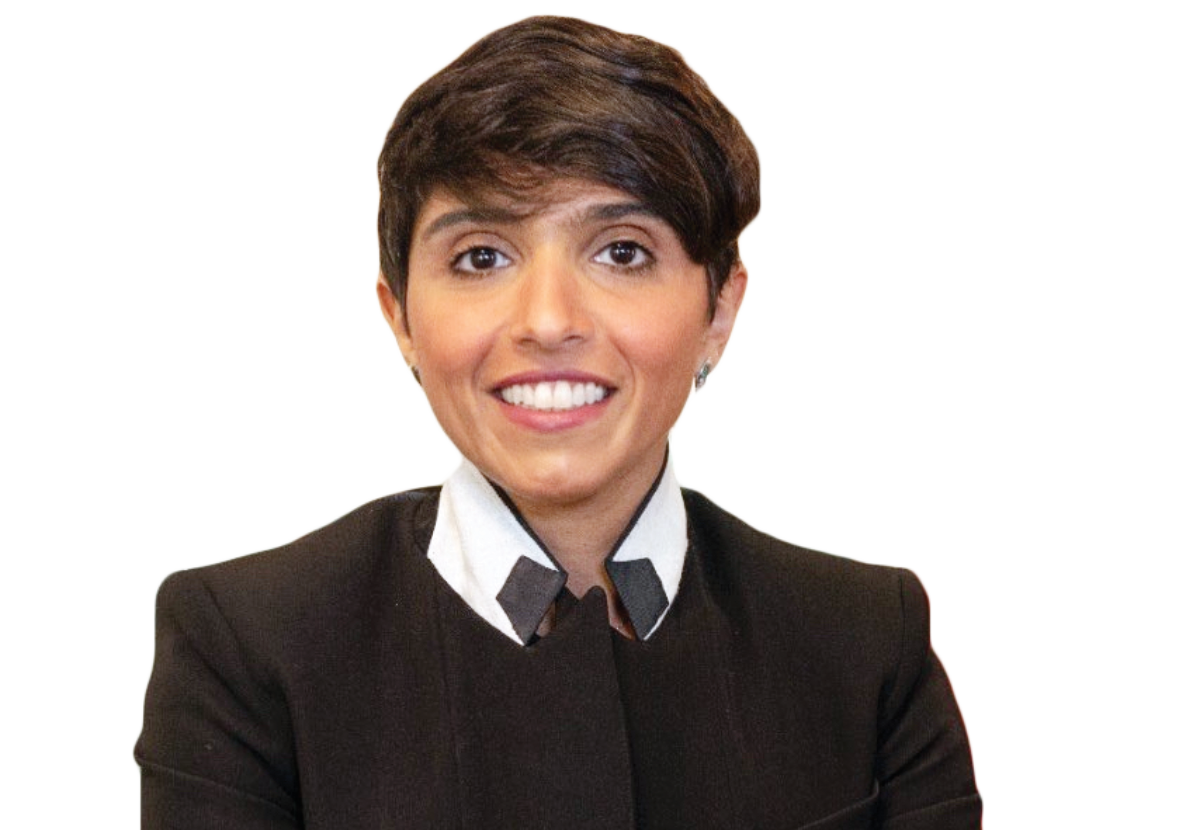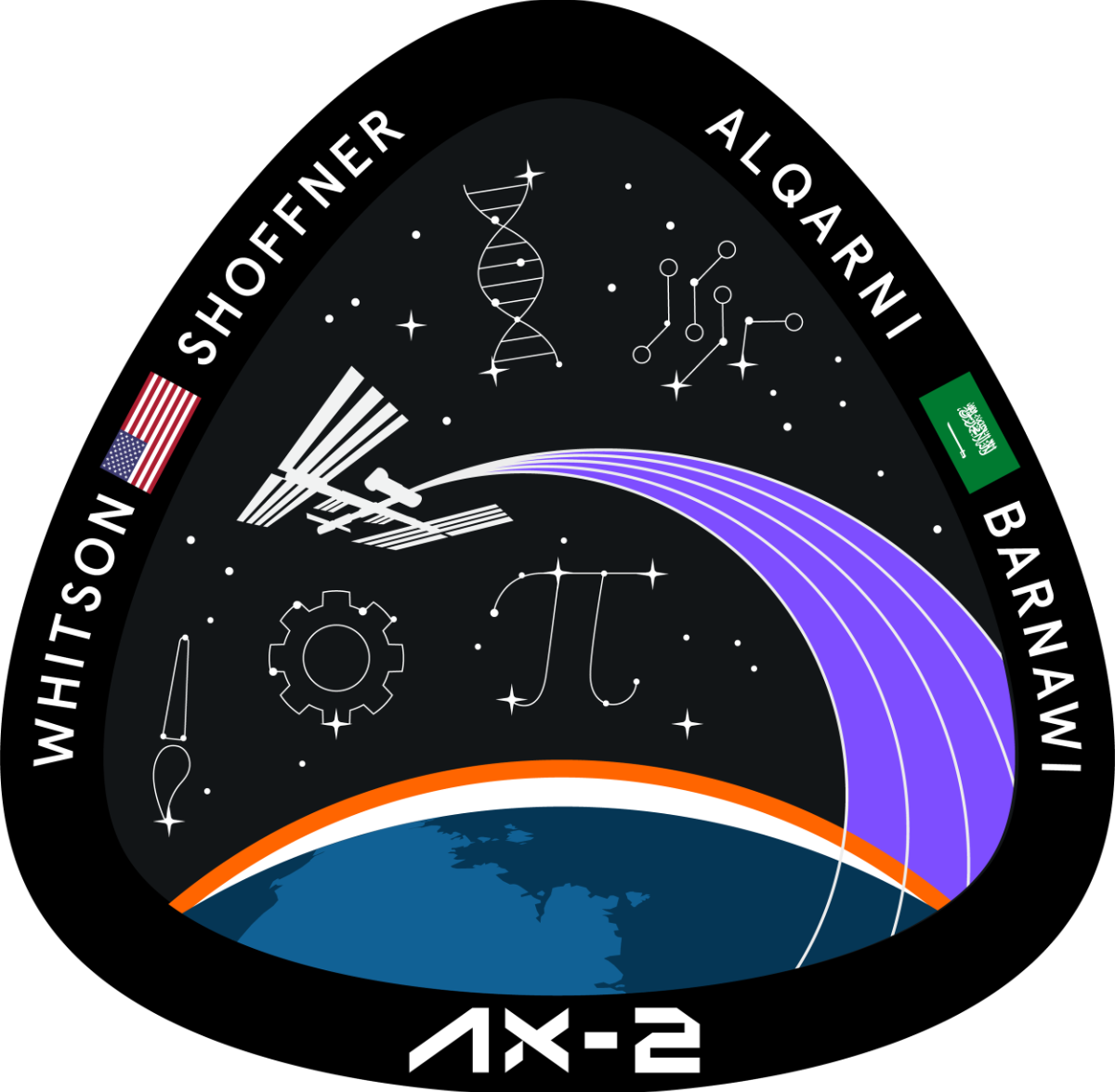RIYADH: The recent Axiom Mission 2 that took two Saudi astronauts to the International Space Station has brought the Kingdom into the fold with countries that have operated manned space flights for decades.
Mishaal Ashemimry, an aerospace engineer and entrepreneur who serves as a special adviser to the Saudi Space Agency, told Arab News that the Ax-2 mission will benefit humanity as well as inspire the next generations of Saudis.
Saudi astronauts Rayyanah Barnawi and Ali Al-Qarni conducted 14 experiments in the microgravity environment of the ISS.

Mishaal Ashemimry, Special adviser, Saudi Space Agency
The inaugural mission that took Saudi astronauts to space was part of Saudi Arabia’s human spaceflight program that is intended to be sustainable for long and short stays.
Ashemimry said: “Long stays are usually about 180 days or six months. Short stays range between a few days to 10 days. The objective of the human spaceflight program as a whole is scientific achievement and scientific discovery.”
Space missions are highly beneficial for research, including in non-space sectors. The Saudi missions will capitalize on the microgravity environment, which offers very different conditions compared to Earth, proving useful for certain experiments.
FASTFACT
• The inaugural mission that took Saudi astronauts to space was part of Saudi Arabia’s human spaceflight program that is intended to be sustainable for long and short stays.
• Technology developed for space can later be applied on Earth, such as high-precision robotic instruments that can be used for surgery.
“You can produce certain data that can help you develop medicine, understand diseases, and see cell science in a different way because it’s not compressed by gravity, but rather is in a weightless situation.
“So you almost can see it in 3D, understand what’s going on and be able to look at cells and protein crystalline structures differently,” said Ashemimry.
The aerospace expert added that the effects of radiation on the human body and its reactions can also be researched in order to develop the means to enable people to spend longer periods of time in space, such as during future missions to Mars.
The objective of the human spaceflight program as a whole is scientific achievement and scientific discovery.
Mishaal Ashemimry, Special adviser, Saudi Space Agency
In addition to groundbreaking research, Ashemimry said that reaching out to children through live events and STEM outreach “is really critical, because that’s how you inspire generations to become the future astronauts, scientists and engineers.”
One aspect that had her personal attention was the development of experiments for children of different age groups aimed at boosting their critical thinking skills. The experiments conducted on the ground were compared with the results obtained by the crew aboard the ISS, which helped understand the effects of the microgravity environment and weightlessness.
For example, the heat transfer experiment tried to study radiation as a mode of heat transfer. It is important because electronics in space emit heat that needs to be ejected and “can’t just stay there because the system will overheat. So how do you get rid of that heat? It’s a very complex system in comparison to having a computer on the ground.”

The Ax-2 Mission has inspired the next generation of Saudis to explore the space frontier. (Supplied)
Research conducted in space is for the benefit of humanity and “that’s the intention of the human spaceflight program … to contribute to the scientific body on a global scale.” Technology that is developed for space can later be applied on Earth, such as high-precision robotic instruments that can be used for surgery. The detailed engineering that goes into building spacecrafts also contributes to advancements in technology.
According to Ashemimry, the experiments and engagement with the local scientific community is enabling the Kingdom to test the waters for larger space missions in the future.
“Many countries have had sustainable human spaceflight programs for decades and have benefited significantly, whether from developing a local capability to developing solutions to problems on Earth,” she said.
She added that being a participant in these innovations is a requirement to be able to compete on a global scale in the space economy.














